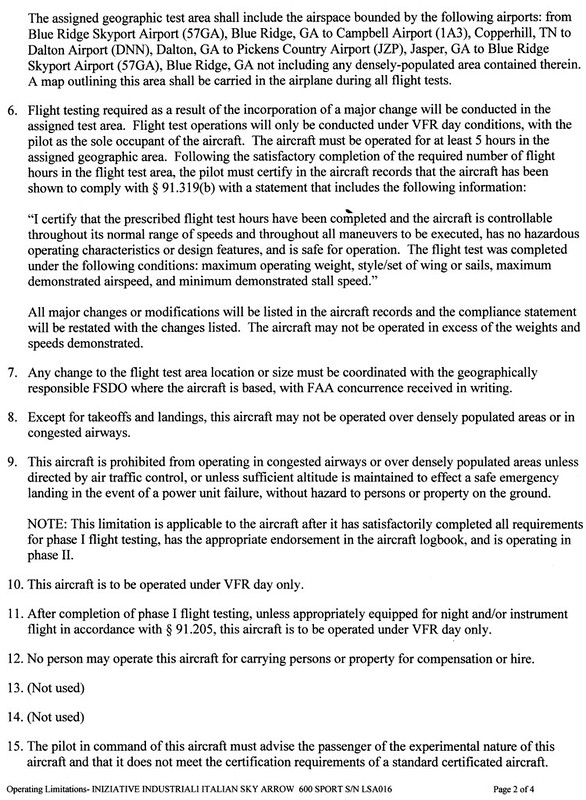kyleb
Final Approach
- Joined
- Jun 13, 2008
- Messages
- 7,554
- Location
- Marietta, GA
- Display Name
Display name:
Drake the Outlaw
You can do the work BUT you still have to work with an A&P as he will have to sign off the annual condition inspection and any major alterations like a glass panel will require putting it back into phase 1 for a 5 hour test period and also require an A&P to sign off the work. Don
I don't believe altering the panel is commonly considered a major alteration. I'm sure there is an argument there, but I've never heard of anyone returning a plane to Phase 1 for a panel upgrade.


